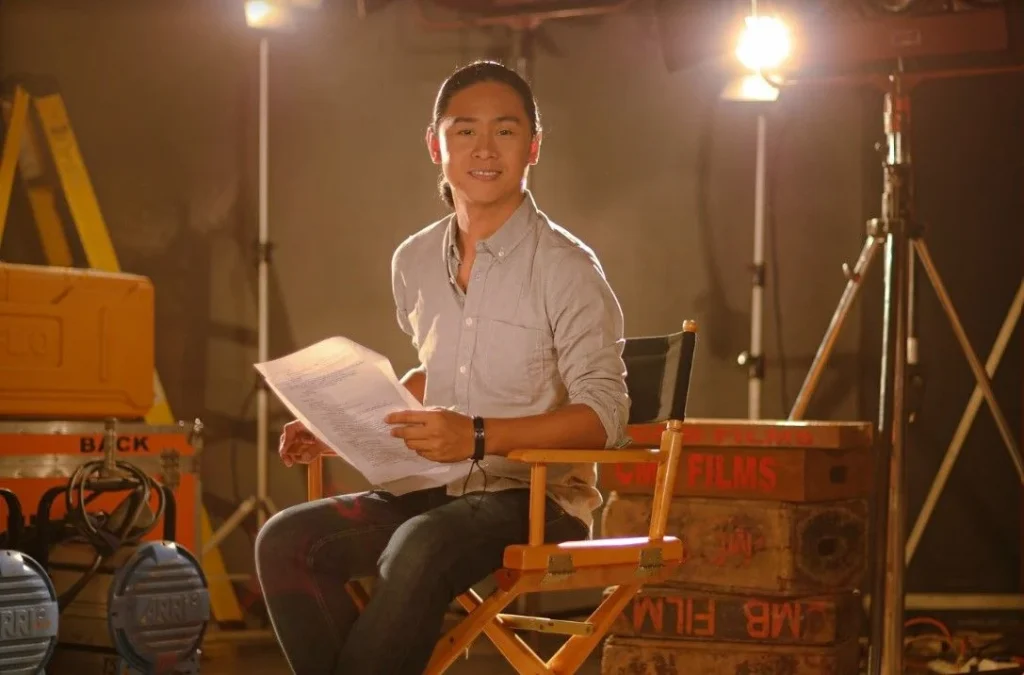
Sometimes, fate favours those who firmly hold on to their dreams—such was the case of 36-year-old ‘Maria Clara at Ibarra’ director Zig Dulay
There was only so much Zig Dulay could do as a child who relied heavily on his neighbour’s ailing television set for entertainment. Born and raised by his farmer parents in the far-flung province of Isabela, Dulay was aware of the privileges that life robbed him of at an early age. “As a kid, I loved watching soap operas, [even when] we had no TV. We barely had access to movies. Besides having no dispensable cash to pay for our tickets, people in our province needed to visit the city to enjoy watching in a movie house,” Dulay recalls.
“All I had was my dream. I wanted to be involved in filmmaking, I just didn’t know how.”

In 1997, Dulay was among the people who flocked to the cinema for James Cameron’s Titanic. And while the classic is widely remembered as a romance flick, the filmmaker asserts that its plot is more than what it seems to appear. “It was my first movie ever. Although it was deliberately framed as a love story, [I noticed how] hierarchy, power, and class disparity were apparent in the narrative. There were no equal opportunities between the rich and the poor.”
With heightened class consciousness, Dulay was even more drawn to politically-charged storylines. “I watched movies like Bata-bata Paano Ka Ginawa, Dekada ‘70, Maynila sa mga Kuko ng Liwanag, Orapronobis, Bona, and a lot of Lino Brocka films,” he shares. “I became interested in movies that are not only there to entertain. Sa palagay ko, doon sumibol ‘yung kaluluwa ng mga likha ko ngayon [In hindsight, I think that’s when the essence of the works I have now truly sprouted].”
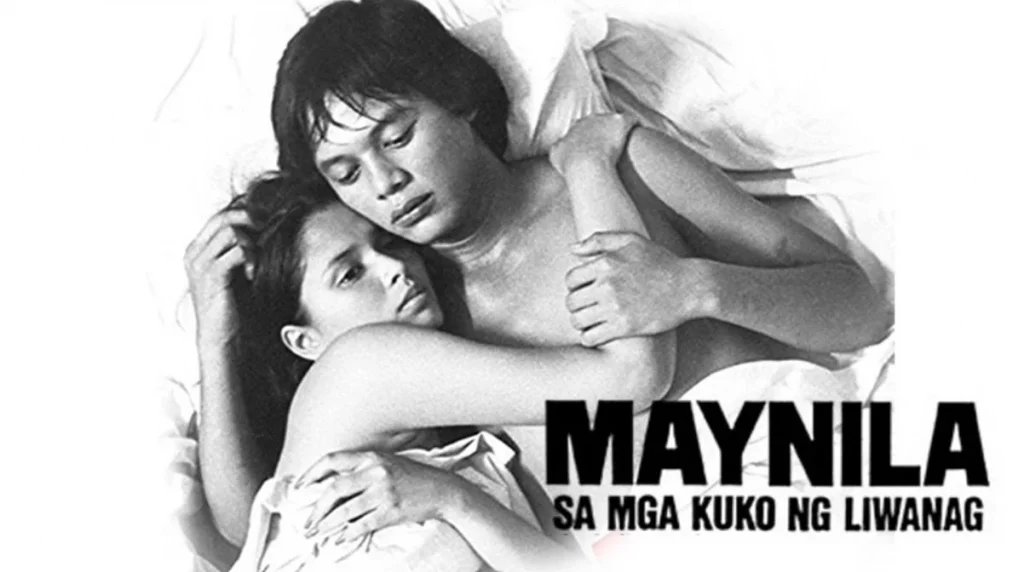
A painter with no palette
Dulay admits that he is not fond of confrontations. He takes charge and expresses his pent-up frustration through writing. At the time, his pen and paper were the closest tools he had for storytelling. “All my feelings I keep inside the work I do–in poems, essays, and whatnot; some afternoons I spend alone so I can talk to the sun before it sets, some nights I spend outside so I can stare at the thousands of stars in the sky.”
The young filmmaker spent his years in college as a journalism scholar at the University of the Philippines (UP) Baguio. It was at this stage that his talent emerged for the first time. “We made two short films—Baguiomorphosis and Apo Lakay. I was the scriptwriter. We were students then, so when these films won, I felt like the universe tapped me and said my dreams will someday come to fruition.”
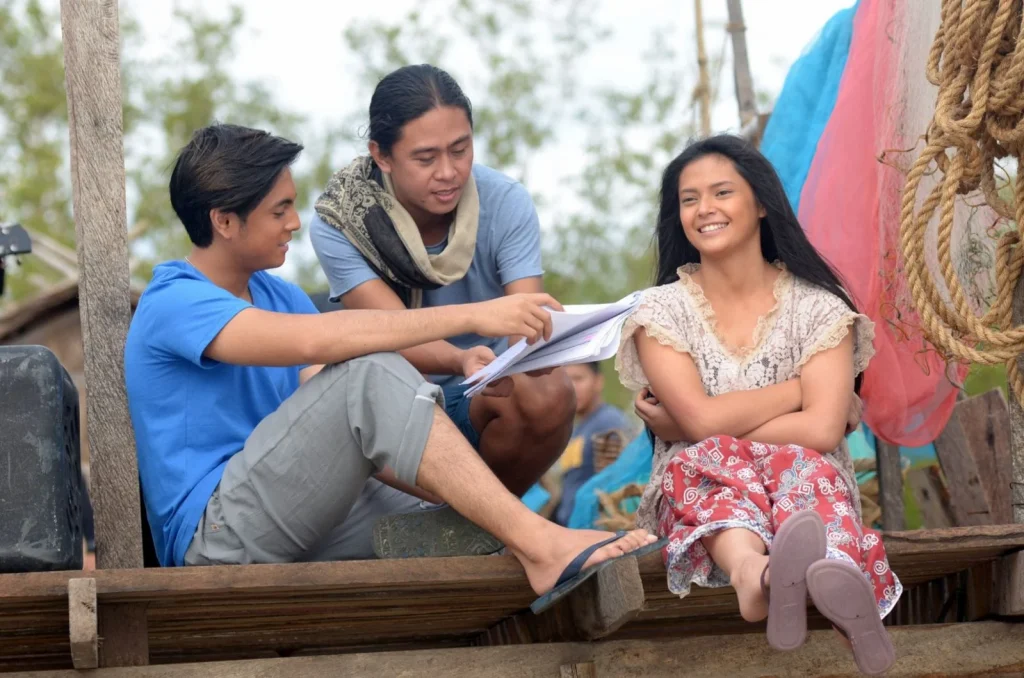
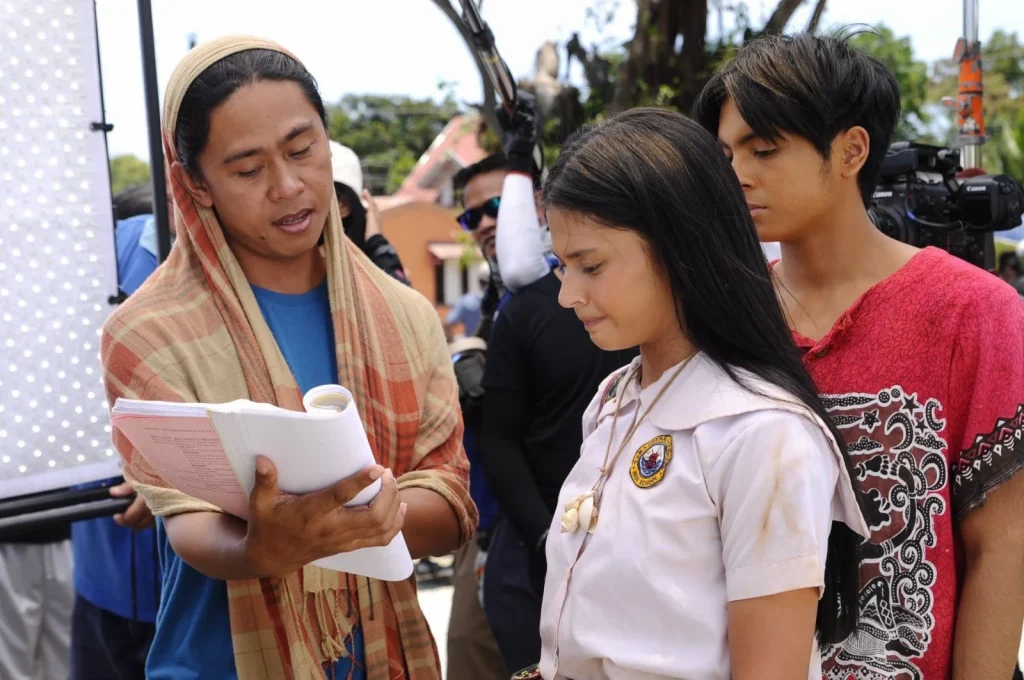
Sometime in 2005, Dulay stepped in Manila and hurriedly took himself to the Cultural Center of the Philippines. Around this year, the art and culture corporation launched Cinemalaya, which, as of this writing, showcased more than 1000 works from independent filmmakers. “I watched Endo and Ang Pagdadalaga ni Maximo Oliveros. I was truly inspired that I wanted to learn how to make films. I enrolled in Sir Armando Bing Lao’s workshop.”
What Dulay lacked in resources, he made up for with his dreams and determination. In the middle of Lao’s workshop, the filmmaker was restricted by his financial situation and could no longer pay for his tuition. But instead of caving in, he plucked up the courage to contact Lao and offered to be the latter’s assistant in exchange for free lectures.
“Sir Bing agreed and asked me to attend his ‘Sunday Clinic’ instead. It was a small group of directors who met every week. I was there, at the side, listening, learning,” Dulay shares.
“He [Lao] truly made an impact on my filmmaking career. Even now, his ‘Found Story’ filmmaking philosophy guides me in whatever it is that I decide to pursue,” he adds.
Pride of the family
ABOVE The trailer for ‘Ekstra’ starring Vilma Santos
Many events piqued Dulay’s interest in filmmaking, but there is one that truly moved him. “In the beginning, I knew that I had a knack for storytelling, I am just not sure if directing was also for me.”
Dulay recalls a time when his sick mother frequented the hospital. The latter could no longer afford to stand, but her demeanour changed when she saw her son on the TV screen. “She saw me on TV, being interviewed because of the story I worked on…it was Ekstra, starring Vilma Santos. I was told she went near the screen and screamed, ‘Anak ko ‘yan! Anak ko ‘yan!’[That’s my son!]. That gave me hope.”
Stories that matter
Now sure of the path he wants to take, Dulay directed films like Paglipay and Black Rainbow, which are comical and show the plight of the minority. “Some topics need meticulous research, especially those that I still have a blind spot on. Stories connected to indigenous peoples require ethnographic research. This means I need to interview, immerse myself, and observe the community.”
“It is not the filmmaker who chooses the story,” Dulay tells Tatler. “It is the story that picks that filmmaker and if it picks you, it becomes your obligation to tell it the best way you can—echo the calls of those who are not heard, give a space for those who are always brushed to the sides. My motto is ‘always use your heart in finding the soul of the story’ what and who is this for?”
It is not the filmmaker who chooses the story, it is the story that picks that filmmaker and if it picks you, it becomes your obligation to tell it the best way you can
It is not the filmmaker who chooses the story, it is the story that picks that filmmaker and if it picks you, it becomes your obligation to tell it the best way you can
Dulay explains that cinema, besides being a powerful instrument for self-expression, must also be a tool that empowers and serves the nation.
“Napaka halaga ng pelikula o anumang porma ng sining para isatining ang boses ng mga pinipipi [Cinema or any form of art for that matter is important to to give space for people whose right to self-expression are constantly invalidated],” he says. “Huwag hayaan na masikil ang ating kuwento, gamitin natin ang sining natin para magsilbi sa kapwa at sa bayan [Let’s us not let our stories die, let us use art to serve the nation and each other.”
On ‘Maria Clara at Ibarra’
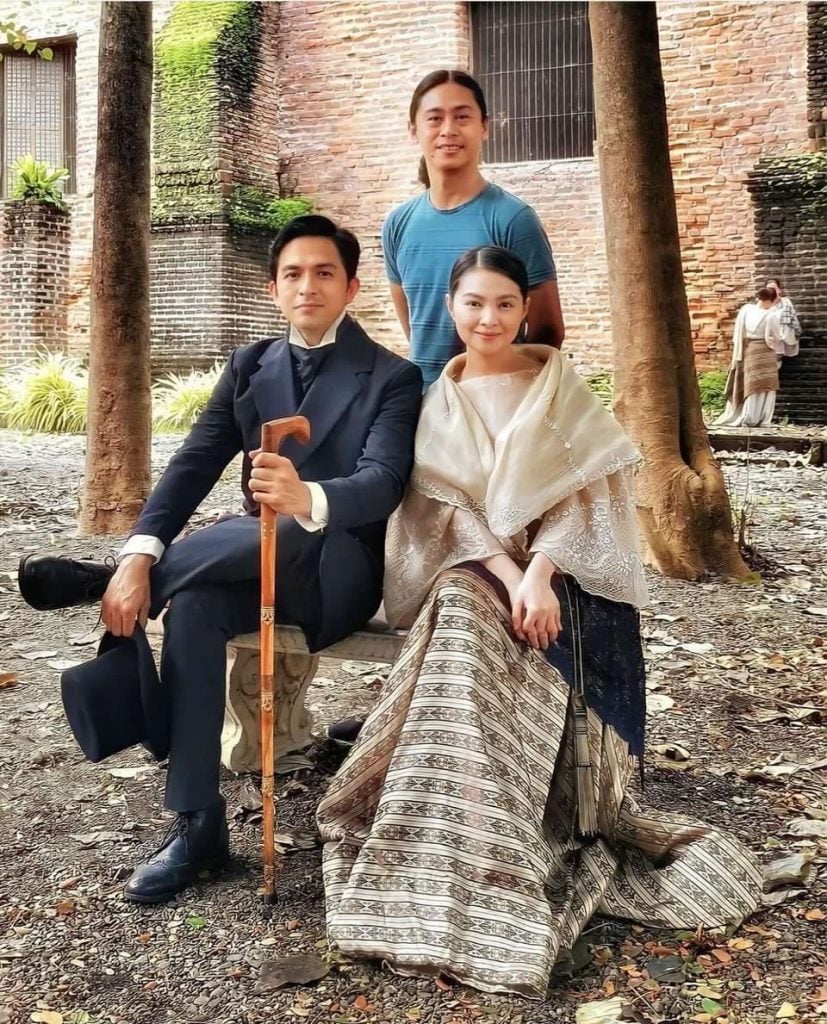
There is no doubt that Dulay’s works have always been praised and acknowledged in contemporary filmmaking circles not until Maria Clara at Ibarra that his work attained mainstream popularity.
“I am grateful for those who placed the series in my care. I recall talking to Suzette Doctolero about it. I was truly excited. It is not every time that filmmakers are given this kind of material for TV,” shares Dulay.
The filmmaker shares how intricate the cast and crew were in making the series. “I started re-reading Dr Jose Rizal’s two novels [Noli Me Tangere and El Filibusterismo], my two favourite subjects in school. Ms Suzette also shared some readings with the creative team. We also attended seminars and consulted esteemed historians.”
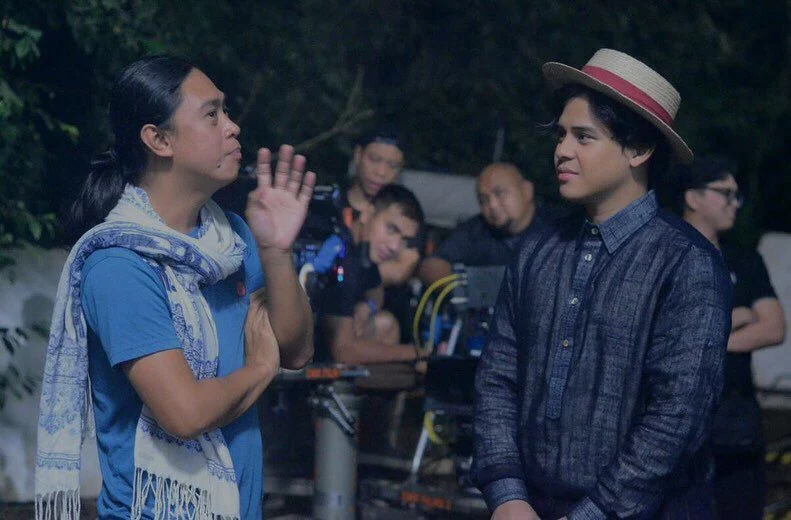
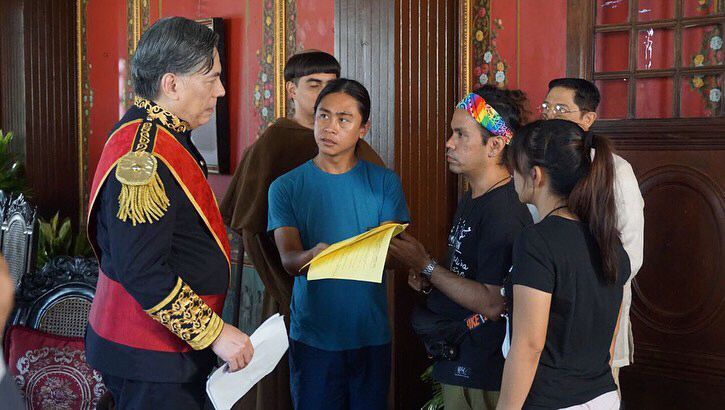
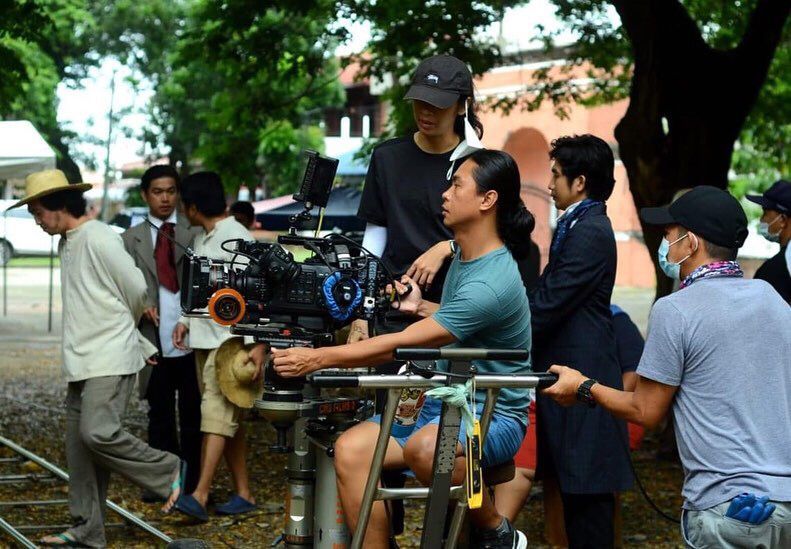
For Dulay, the problems in the fictional world of ‘Maria Clara at Ibarra’ continue to resemble the issues Filipinos have in the present time.
“Jose Rizal delivered a profound story; even in the present, we see how the socio-political ills mentioned in his two novels are still the very problems we face today,” Dulay explains. “The ‘kanser ng lipunan’ (social cancer), which he mentioned are still present today—they’re just under the guise of different faces and institutions.”
“During meetings, topics like oppression, Marxism, feminism, revolution, and love are always on the table.”
What’s Next?
GMA Films offered Dulay a “magic realism” series, but the filmmaker has yet to reveal whether or not this is a project he will accept.
“After Maria Clara at Ibarra, I intend to rest,” Dulay admits. “I want to experiment on stories that will take me out of my comfort zone; the truth is, until now, I still don’t know [the themes] where I will prosper as a filmmaker, and I feel like I’ll only be able to find an answer after being exposed to things that I have yet to see and experience.”

The filmmaker believes Filipino films and series still have a long way to go in exploring themes outside “pure and safe entertainment”.
“It becomes a struggle for storytellers to provide stories different from what we see in mainstream media. Producers and advertisers can only place their bets on purely entertaining pieces because these are the types of shows that generate money. This, I suppose, is the bane of modern-day filmmaking.”
Dulay claims that education plays a big role in reshaping the minds of the audiences and filmmakers alike. “Sa palagay ko, kailangan ng malawakang pagtuturo ng film appreciation para mas tumaas pa ‘yung pagkilatis at pagbasa sa mga pelikula o kuwento [In my opinion, we need to teach more people the importance of evaluating films and stories on a deeper level],” Dulay says.
He asserts that the challenge for Filipino filmmakers is to have stories that generate timely and relevant conversations.
“We have to ask ourselves—how do we use film in breaking silence? How can art give a platform for the minority? How can your work transcend ‘entertainment’? Stories should be able to provoke and start conversations,” he concludes.
###
Source: https://www.tatlerasia.com/lifestyle/arts/zig-dulay-the-maria-clara-at-ibarra
